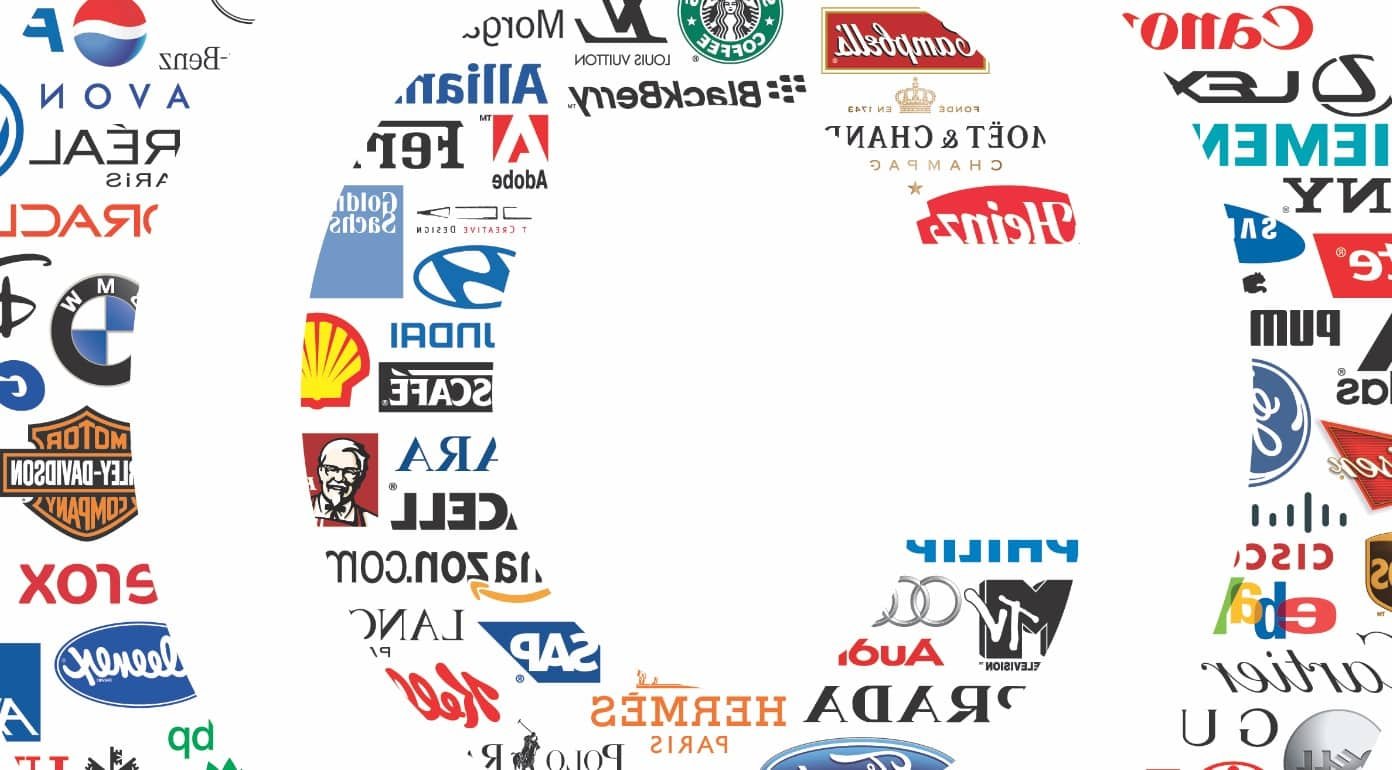Trademark, Copyright and Logos

To hear intellectual property attorneys describe it, it seems so simple. Copyright covers creative works of expression fixed into a tangible medium of expression. Trademark covers business names, slogans and other items used to identify it in the marketplace. Patent covers ideas and inventions. Simple.
Then what about logos?
Logos are one of those spaces of intellectual property law where there is a great deal of overlap between two areas, in this case copyright and trademark, and businesses are known for using both to protect their logos from undesired use.
So where are the lines drawn? The answers aren’t very simple and requires looking deeper into what copyright and trademark protect and, even then, there aren’t very many clear answers to give, just a lot of gray area that has to be taken one case at a time.
Trademark and Logos
When most people think of intellectual property and logos, they leap to trademark and for good reason. Trademark is about protecting things that identify a business in the marketplace and logos are among the most important means of identification. As such, logos are generally protected by trademark and enforceable as such.
In many ways, trademark is much more broad than copyright. Where copyright doesn’t expand to things such as names, colors, typefaces, designs, etc. trademark does or at least can. However, trademark is also much more limited than copyright in that, where copyright is designed to protect against almost all unlicensed copying that is outside of fair use, trademark only deals with use of the mark that causes confusion in that company’s marketplace.
For example, Ace Hardware certainly has a trademark on their name, but they can’t stop Ace Bandages from also using the name as they are in separate markets (unless you are very careless when doing home repair). Likewise, Delta Airline and Delta Faucets share a trademark without incident and Apple Computers and Apple Music also shared a mark without major conflict (beyond a scuffle in 1989), that is until Apple entered the music business with iTunes.
All in all, logos, by their very nature, are used to identify businesses and groups and though trademark protection covers many additional things, it offers a much more narrow scope of protection. In short, trademark is designed not to prevent copying, but confusion in the marketplace, thus severely limiting what uses of the logo can be considered infringing.
Copyright and Logos
In order for a work to have copyright protection, it must reach a requisite level of creativity. Many logos, however, do not. Since copyright can’t protect a name, colors or the design of the logo, most simple logos simply do not have the required level of creativity to be considered copyrightable. However, many ornate or artistic ones do.
And here lies the confusion with logos. Many of them actually qualify for both trademark and copyright protection. In fact, the entire Omega v. CostCo case hinges in part upon a logo stamped onto a watch being copyright protected (thus making the import of the watch a violation of the copyright).
In short though, if a logo would qualify for copyright protection as a piece of artwork separate from its use as a corporate identifier, it is copyright protected. Nothing in the law makes the two rights mutually exclusive so many logos can and are enforced using both trademark and copyright.
Which Protection to Use/Fear
This means that, if you design a logo for yourself or your business, you actually may, if the logo qualifies, have two forms of intellectual property protection on it. Trademark to prevent competitors and others from using it to cause confusion in the marketplace and copyright to prevent most other unwanted copying.
Which protection to rely is a case-by-case question depending on the actual use that you are trying to stop.
Trademark is, in many regards, easier to defend and protect than copyright, especially since there is no registration requirement in the U.S. to obtain a mark or sue for trademark infringement (though there are still many crucial benefits to registration). That being said, there is also no notice-and-takedown system for trademarks and lawsuits or other trademark actions, such as domain name disputes, can be very expensive.
That being said, trademark’s narrow scope limits the situations it can be used to cases where the use is misleading or confusing customers. Where copyright covers nearly all unauthorized copying that is not a fair use, trademark only applies to a small fraction of all potential uses.
That being said, when using an artistic logo, there are now two areas of law to be aware of. Trademark is fairly easy to avoid, at least when using logos, as all you have to do is not pretend to have a relationship with the company that doesn’t exist.
However, with copyright issues of fair use begin to rise. In that regard, treat an artistic logo the same as you would any other photograph or painting and don’t make any use of it that you wouldn’t if it weren’t a logo. Using it with permission is best (many companies will actually provide logos for use on blogs and news sites) but barring that focusing on commentary and criticism while using as little of the work as possible helps stack the fair use case in your favor.
The good news, however, is that most blogs won’t really run into an issue, copyright or otherwise, with their use of logos. Fan sites and sites dedicated to a specific company or product need to be careful, but since most logos aren’t copyright protected and the majority of use of logos in a blog environment are a probable fair use regardless, the odds of actual trouble are very slow. You are much more likely to have a copyright dispute over a stock photo that you place in your blog than a logo.
That, in turn, is why I use logos a great deal on this site when talking about companies. It’s an easy way to add relevant visuals to an article without trademark or copyright concerns.
Bottom Line
In the end, logos are a strange area of intellectual property law where copyright and trademark often meet and overlap. However, just because many logos, though not nearly all, have dual protection between copyright and trademark, that does not mean that businesses and others with logos can stop all uses of them. Trademark’s limited scope doesn’t really add that much protection beyond the additional things it covers, namely non-copyrightable elements.
In short, while this area of the law can be very confusing, especially when faced with an unwanted use of your logo or a desire to use a logo, if it even qualifies for copyright protection, there really isn’t much need to treat it different than any other image.
Still, those who use logos or create them need to be aware of all the potential rights involved, both so they can steer clear of trouble and so they can enforce them correctly.
The Copyright Symbol Logo Artwork is by Jacob Cass and is licensed under a CC-BY 2.0 License
Want to Reuse or Republish this Content?
If you want to feature this article in your site, classroom or elsewhere, just let us know! We usually grant permission within 24 hours.
